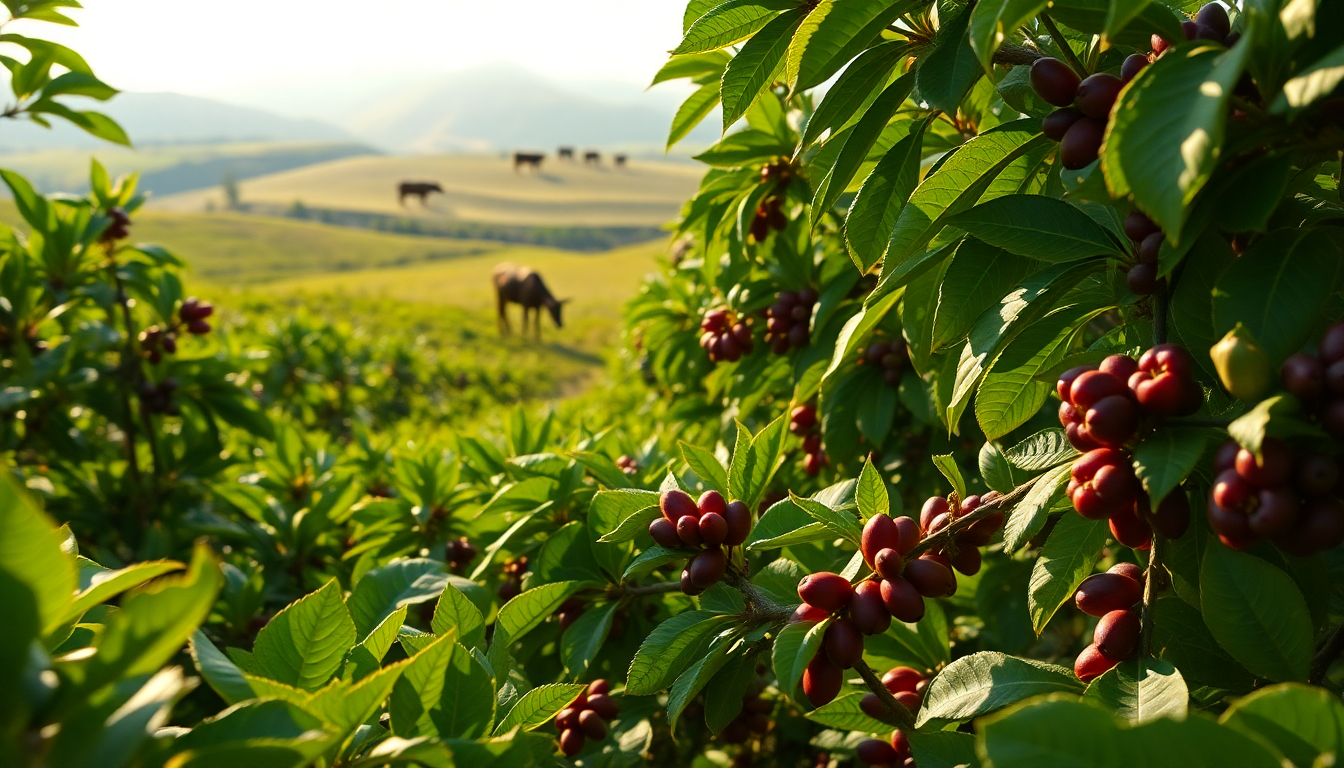Table of Contents
The recent tariffs imposed by the United States on Brazilian goods have sent shockwaves through the agricultural sector, particularly when it comes to the prices of coffee and beef. With these tariffs on the rise, consumers and businesses alike are bracing for some serious financial consequences. But what does this all mean for everyday people and investors who rely on these essential commodities?
Current Market Overview
Brazil is a major player in the coffee and beef markets, supplying around 35% of unroasted coffee imports to the US. As the tariffs introduced by the Trump administration climb to a staggering 50%, we’re starting to see the immediate fallout. According to the US Bureau of Labor Statistics, coffee prices have jumped by 14.5% compared to last year, and this surge is compounded by challenging weather conditions like droughts. It paints a pretty grim picture for consumers, who could face further price hikes—some estimates suggest an increase of up to 20% by April. Can you imagine your morning coffee costing that much more?
The beef market isn’t faring any better. The latest consumer price index shows a 1.5% increase in beef prices just from last month, which is especially tough on consumers as we approach the Labor Day holiday. With rising prices and market volatility, investors are facing a mix of challenges and opportunities as they try to navigate these turbulent waters.
Analyzing Tariff Implications on Coffee and Beef
The imposition of these tariffs has not only driven prices up but has also sparked outrage among Brazilian officials. Finance Minister Fernando Haddad has hinted at possible legal challenges to the tariff’s legality. While Brazil is expressing its frustration, the ripple effects of these tariffs are felt across various sectors that rely on these imports. For instance, major companies like JM Smucker, which owns Folgers, have reported a shocking 22% drop in profits from their coffee business due to soaring costs.
For investors, this situation is a double-edged sword. On one hand, higher costs could lead to decreased consumption, which might hurt companies that depend heavily on Brazilian imports. On the flip side, savvy investors may spot opportunities in local alternatives or look into agricultural products that could fill the void left by the Brazilian imports. Keeping a close eye on market trends and consumer behaviors will be essential for making informed decisions.
Future Projections and Strategic Considerations
As we look ahead, the financial landscape appears uncertain. Global leaders are expressing concerns about the future of trade relations with the US, which raises questions about the stability of the dollar as a reserve currency, especially if aggressive tariff policies continue. The potential economic repercussions are significant, and it’s crucial for both consumers and investors to stay alert.
In conclusion, understanding the interplay between tariffs, consumer prices, and market dynamics is key to navigating the challenges in the agricultural sector. By staying informed and adapting strategies as needed, both consumers and investors can better tackle the evolving landscape. This situation emphasizes the importance of being proactive and exploring alternative investment avenues, especially in sectors that show resilience amid market fluctuations. So, how will you adapt to these changes?


